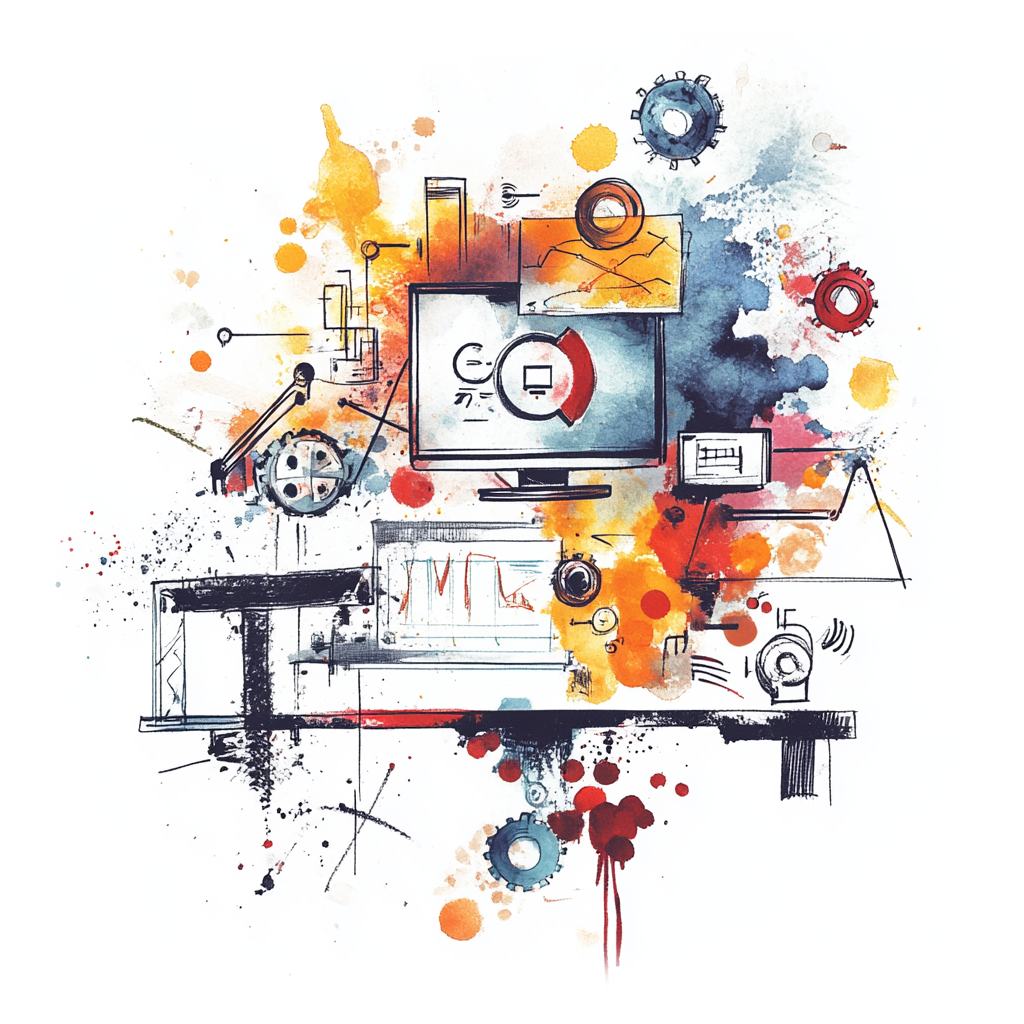Leveraging Self-Owned AI in Auto Dealerships
Learn how Auto Dealerships companies can leverage self-owned AI to enhance their operations and drive innovation.

How Auto Dealerships Can Drive Innovation with Their Own AI
In the fast-paced world of auto dealerships, where every customer interaction counts, harnessing the power of technology can differentiate your business from the competition. Enter your own AI. With recent advancements, it's now possible for dealerships to create and use their artificial intelligence tools – custom-made to fit their unique needs. Here’s how your dealership can rev up its efficiency and customer experience with its very own AI.
Real-World Applications for Auto Dealerships
1. Personalized Customer Engagement
Imagine walking into an auto dealership where the salespersons remember your name, preferences, and the last car you checked out. Your own AI can sift through customer data to personalize every interaction. It can recommend cars based on past purchases, suggest maintenance for vehicles based on usage patterns, or even send tailored promotions right when a customer is most likely to buy.
2. Smart Inventory Management
Buying cars is an art, not just a science. But there’s no reason it can’t be both. Imagine an AI tool that predicts which models will be in demand based on market trends, customer feedback, and seasonality. Your self-hosted AI can analyze data over time to help dealerships stock precisely what their customers are looking for, minimizing overstock and maximizing sales.
3. Automated Follow-Ups
Keeping track of leads can be tricky, especially when your team is busy with test drives and customer inquiries. An AI solution can automate follow-up emails and messages after a customer interacts with your dealership, ensuring that no lead slips through the cracks. It can assess lead interests and provide sales staff with insights, making each follow-up smart and strategic.
4. Enhanced Customer Support
Bringing your own AI into customer service means quicker answers and higher satisfaction. Your AI can handle routine questions about vehicle specifications, pricing, financing options, and even the details of upcoming promotional events. This leaves your staff free to focus on more complex customer inquiries, resulting in a seamless experience.
Why Choose Your Own AI?
Now, you might be wondering: Why should we consider creating our own AI instead of relying on third-party solutions or out-of-the-box software? Here are a few compelling reasons:
-
Tailored to Your Needs: Your own AI is designed specifically for your dealership. Whether it's understanding regional preferences or adjusting to your sales techniques, it knows you inside and out.
-
Data Privacy and Control: When you host your AI, you keep your customer data in-house, ensuring sensitive information stays secure and complies with regulations.
-
Cost Efficiency: Long-term, running your own AI can be more economical than subscribing annually to external services or software that may not entirely cater to your needs.
-
Flexibility and Scalability: As your dealership grows, your AI can evolve with it. You have the ability to refine its algorithms, add new features, and scale according to your business demands.
Steps to Get Started with Your Own AI
So, how do you turn this vision into reality? Here’s a roadmap to get your dealership on the AI highway:
1. Identify Your Goals
Start by pinpointing what problems you want your AI to solve. Whether it's improving customer interactions, optimizing inventory, or streamlining operations, clear goals will guide the development process.
2. Gather Data
Your AI thrives on data. Collect historical sales data, customer interactions, and any other relevant information. The more comprehensive your dataset, the smarter your AI will be.
3. Choose the Right Technology
Work with technology partners or in-house developers who understand AI. Platforms like TensorFlow or PyTorch can help you build your AI from the ground up. They offer tools for creating machine learning models tailored to your needs.
4. Training and Testing
Train your AI with the data you've collected. This step is crucial – think of it as teaching a child to ride a bike. Once your AI is trained, test it extensively in real-world scenarios.
5. Launch and Iterate
When you're ready, deploy your AI in your dealership. Gather feedback from your team and customers. Remember, it’s essential to continue refining and updating your AI based on this feedback.
6. Monitor and Maintain
Keep a close eye on how your AI performs, and make adjustments as necessary. AI technology is dynamic – what works today might need a tweak tomorrow.
Conclusion
In a world where customer expectations continue to evolve, having your own AI can provide the competitive edge your dealership needs. By personalizing the customer journey, optimizing processes, and safeguarding data, you not only enhance your bottom line but also foster loyalty and satisfaction. So buckle up, stay ahead of the curve, and get ready to take your auto dealership to the next level with your own AI!
